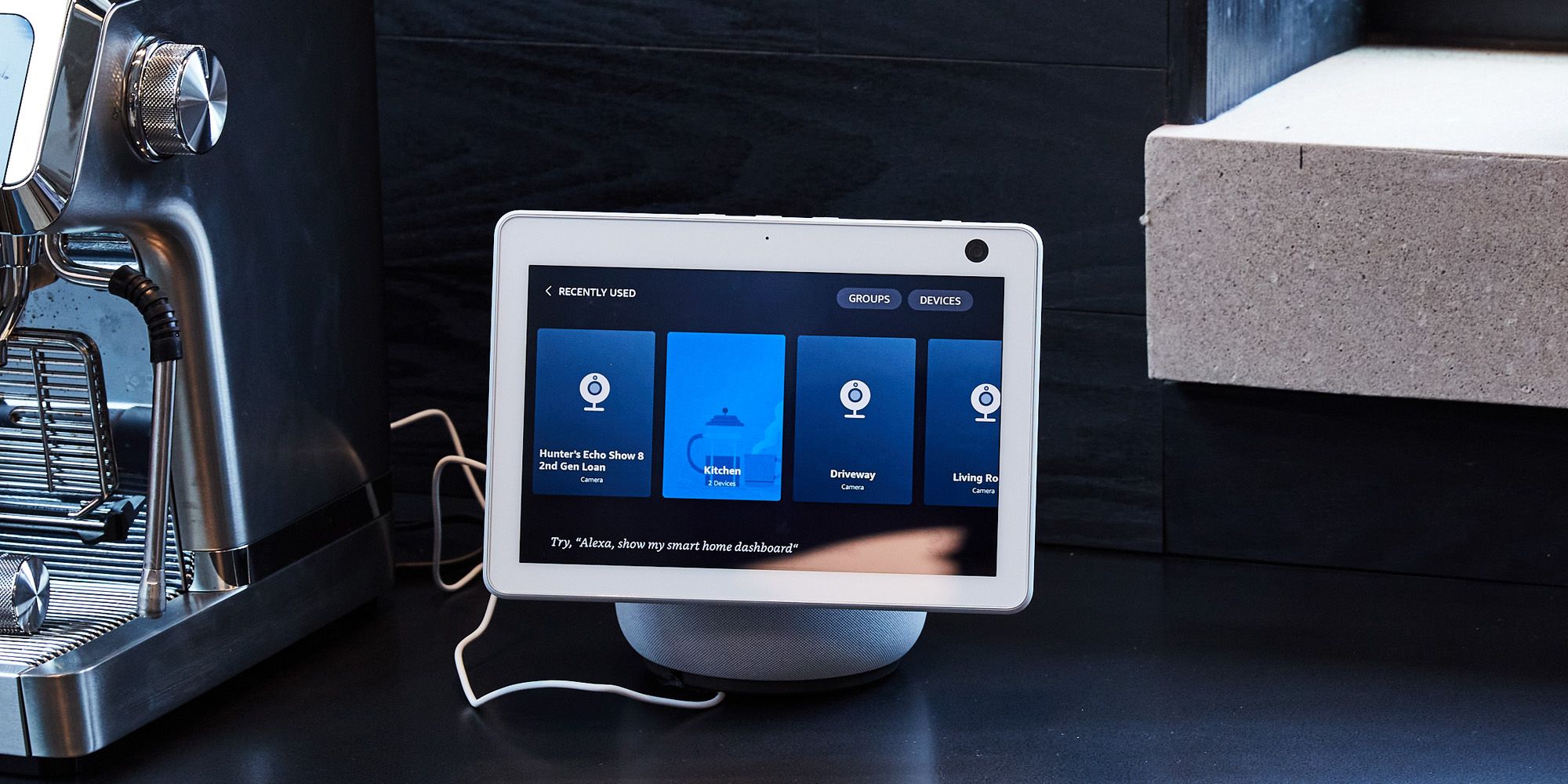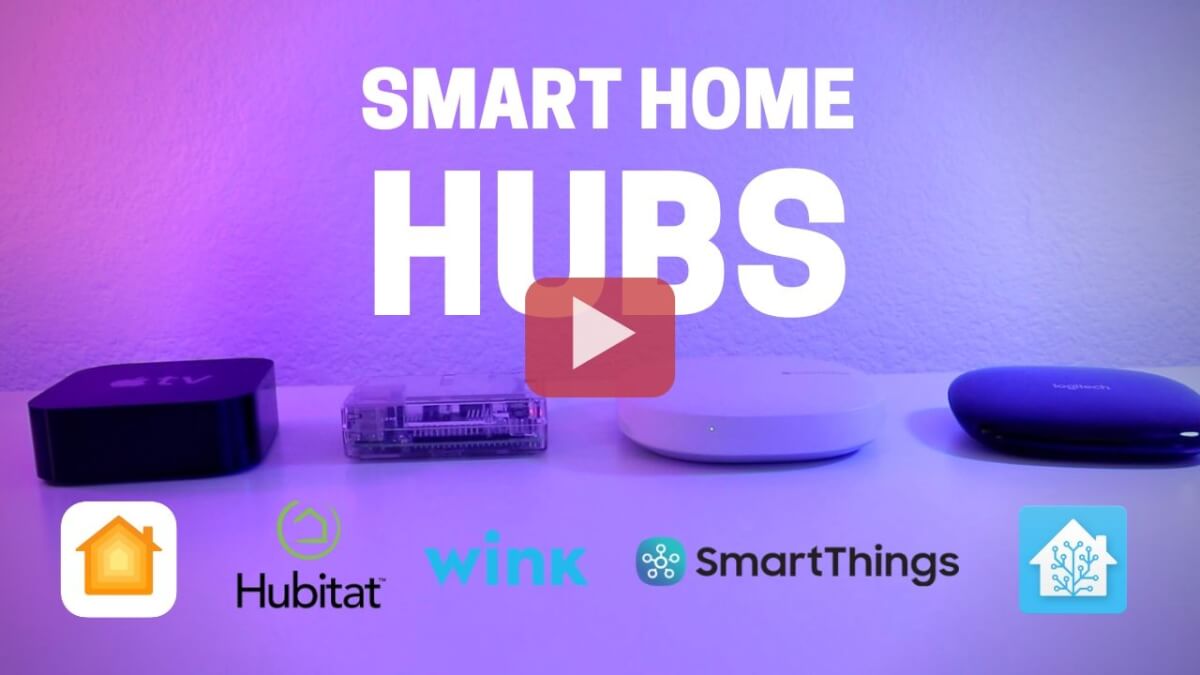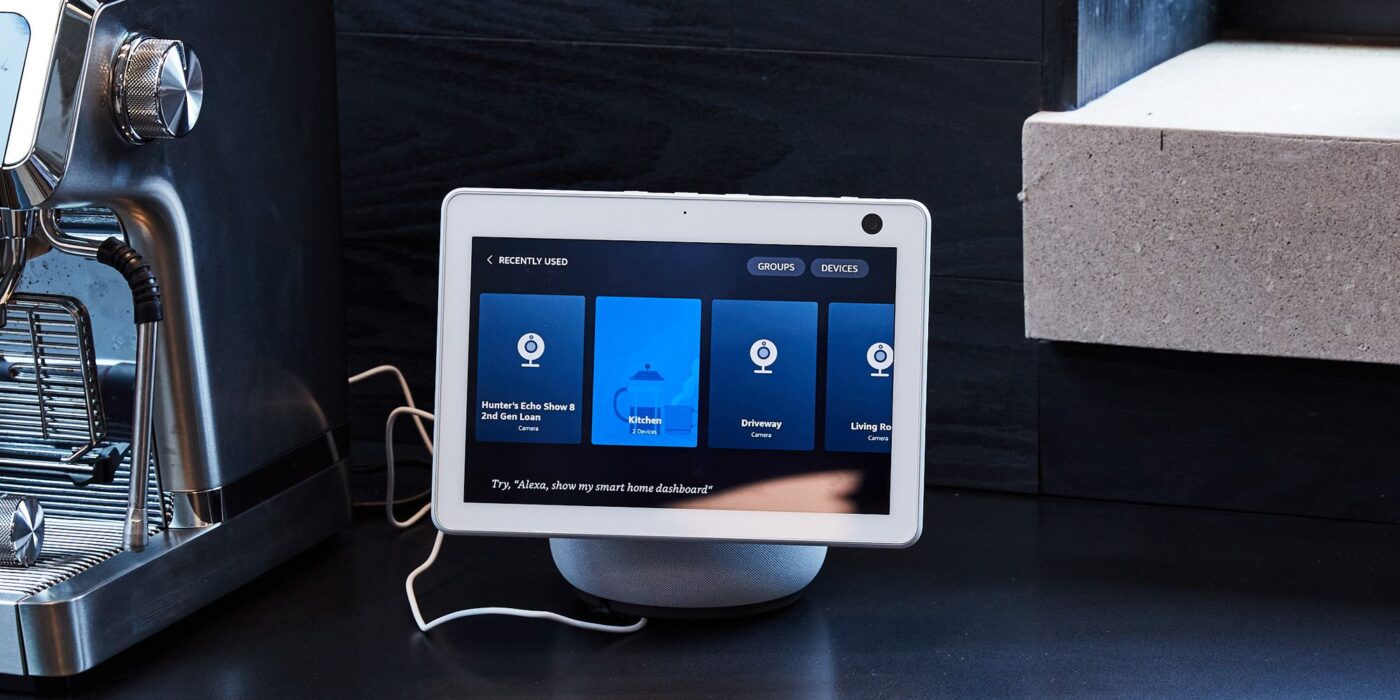Best Smart Home Hubs: Your Guide to the Best Centralized Control for Your Home

As smart home technology continues to evolve, one of the most essential devices for managing your connected home is a smart home hub. These devices serve as the central brain of your smart home, connecting and controlling all your smart devices seamlessly. From smart lighting to security systems, a well-chosen hub can make your entire home smarter and more efficient. But with so many options available, how do you choose the best one for your needs? In this comprehensive guide, we will explore the top smart home hubs currently on the market and how they can enhance your connected lifestyle.
What is a Smart Home Hub?
A smart home hub is a device that acts as the central point of communication for all your smart home gadgets. It allows you to manage, control, and automate multiple devices, such as lights, thermostats, security cameras, and more, through a single platform. These hubs can connect via Wi-Fi, Bluetooth, Zigbee, or Z-Wave to control devices from different manufacturers and make them work together.
Why Do You Need a Smart Home Hub?
Smart home hubs are essential for those who want to create a truly connected living space. They provide several key advantages:
- Centralized Control: Manage all your smart devices in one place, whether via an app or voice commands.
- Enhanced Automation: Set up routines or triggers for your devices, such as turning off the lights when you leave the house.
- Increased Compatibility: Some devices only work with specific hubs or ecosystems (e.g., Apple HomeKit, Amazon Alexa, Google Assistant).
- Improved Efficiency: With the right hub, you can optimize your energy use and control your home’s systems in a more efficient manner.
Top Smart Home Hubs in 2024
1. Amazon Echo (4th Gen)

The Amazon Echo is one of the most popular smart home hubs on the market, known for its robust integration with Amazon Alexa. It is not only a voice assistant but also a Zigbee hub, which means it can control Zigbee-compatible devices like smart bulbs, locks, and sensors.
Features:
– Alexa Integration: Voice control for a wide range of devices.
– Zigbee Hub: Connects Zigbee-enabled devices without needing additional hubs.
– Smart Home Routines: Automate everyday tasks, such as turning off lights or adjusting the thermostat when you leave home.
– Sound Quality: Excellent sound for music streaming and voice commands.
Pros:
– Easy setup and use.
– Supports a wide range of smart devices.
– Affordable price point.
Cons:
– Limited to Zigbee devices and Alexa-enabled products.
Learn more about Amazon Echo here.
2. Samsung SmartThings Hub (2022 Edition)

Samsung’s SmartThings Hub is one of the most versatile hubs on the market. It supports Z-Wave, Zigbee, and Wi-Fi devices, offering extensive compatibility with smart products from multiple brands. It integrates seamlessly with Google Assistant, Amazon Alexa, and SmartThings ecosystem devices.
Features:
– Wide Compatibility: Works with a variety of smart devices from different brands.
– Voice Control: Integrates with Amazon Alexa and Google Assistant.
– Automation: Set up automated routines for lighting, security, and energy management.
– Energy Monitoring: Track and optimize your energy usage with compatible smart devices.
Pros:
– Extensive compatibility across multiple platforms.
– Strong integration with smart security and energy-saving devices.
Cons:
– Can be tricky to set up for beginners.
– Limited support for non-SmartThings devices.
Find out more about Samsung SmartThings Hub here.
3. Apple HomePod Mini

The Apple HomePod Mini may not be a traditional hub in the same way as others, but it excels in its integration with Apple’s HomeKit. It works as a hub for controlling HomeKit-enabled devices and allows you to use Siri for voice control. If you’re already embedded in the Apple ecosystem, this is an excellent choice for managing your smart home.
Features:
– HomeKit Compatibility: Easily integrates with HomeKit-enabled smart devices.
– Siri Voice Control: Use Siri for hands-free control of your smart devices.
– Compact Design: Small enough to fit in any room without taking up too much space.
– Security: Apple places a strong emphasis on privacy, encrypting data sent between your devices.
Pros:
– Seamless integration with Apple products.
– Strong focus on security and privacy.
– Excellent audio quality for a smart speaker.
Cons:
– Limited device compatibility outside of the Apple ecosystem.
– No support for Zigbee or Z-Wave.
Learn more about the Apple HomePod Mini here.
4. Google Nest Hub (2nd Gen)

Google’s Nest Hub (2nd Gen) is perfect for those looking to integrate Google Assistant with their smart home. It allows for voice-controlled automation and offers deep integration with Google Home devices. The Nest Hub is also a visual hub, giving you a touchscreen interface to control and monitor your devices.
Features:
– Google Assistant Integration: Use voice commands for controlling smart devices and accessing information.
– Touchscreen: A 7-inch screen allows for easy monitoring of connected devices and streaming.
– Sleep Sensing: Tracks your sleep patterns and adjusts your home environment for optimal rest.
– Smart Home Automation: Create routines for daily tasks like adjusting lighting or locking doors.
Pros:
– Good integration with Google ecosystem.
– Affordable price.
– Visual interface with easy-to-use touch controls.
Cons:
– Limited to Google Home ecosystem for full functionality.
– No Zigbee or Z-Wave support.
Explore the Google Nest Hub here.
How to Choose the Right Smart Home Hub for You
Choosing the best smart home hub depends on several factors:
1. Ecosystem Compatibility
If you already use Amazon, Google, or Apple products, choosing a hub that integrates well with your existing devices is key.
2. Device Support
Make sure the hub supports a wide range of smart home devices, including lighting, thermostats, and security cameras.
3. Budget
While some hubs are more affordable (like the Amazon Echo), others may offer more advanced features at a higher price point. Determine your budget and choose a hub that fits your needs.
4. Voice Control and Automation
If you prefer voice control, ensure the hub supports Amazon Alexa, Google Assistant, or Siri. For those looking for deep automation, hubs like Samsung SmartThings offer the most flexibility.
FAQs About Smart Home Hubs
Q1: Do I need a hub for my smart home?
A1: Not all smart devices require a hub. Many Wi-Fi-enabled devices can be controlled directly through your phone or voice assistants. However, a hub is useful for managing a variety of devices from different brands and for enhancing automation and security.
Q2: Can I control my smart home devices without an internet connection?
A2: Some devices can be controlled locally through a hub, but most smart home devices require an internet connection for full functionality, especially when you’re controlling them remotely.
Q3: Are there any smart home hubs that work without Wi-Fi?
A3: Yes, some hubs like Z-Wave and Zigbee hubs do not require Wi-Fi for device communication, but they still need to be connected to the internet for remote access.
Conclusion
The world of smart home hubs is vast and continuously evolving, with each option offering unique features and benefits. Whether you’re looking for seamless integration with your existing devices, advanced automation, or a simple voice-controlled system, there’s a hub out there for you.
Choosing the best smart home hub will depend on your specific needs, device compatibility, and budget. Explore the options we’ve discussed and take control of your home’s future.
Ready to take your smart home to the next level? Investing in the right hub is the first step towards creating a more connected, efficient, and automated living space.

